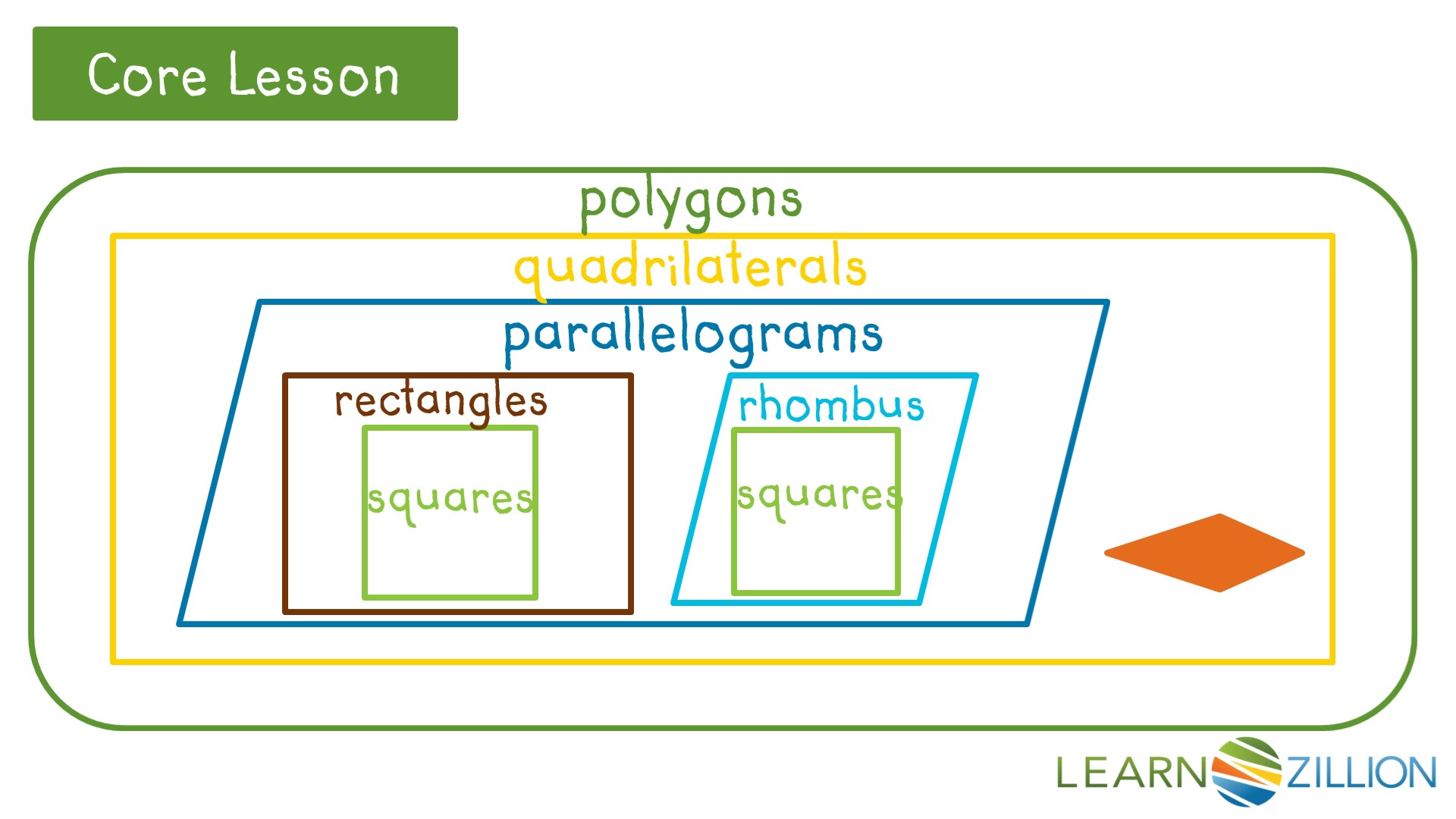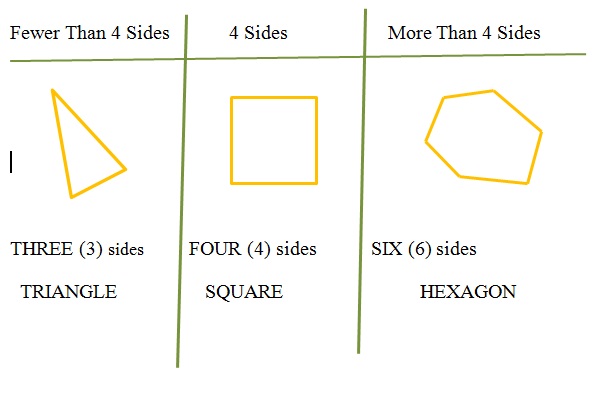

identify acute and obtuse angles and compare and order angles.compare quadrilaterals and triangles, based on their properties and sizes.identify horizontal and vertical lines and pairs of perpendicular and parallel lines.identify right angles and know that two make a half-turn, three make a three-quarter turn and four a complete turn.understand that a right angle is a quarter turn and know whether the turn is clockwise or anti-clockwise.compare and sort common 2D and 3D shapes.identify 2D shapes on the surface of 3D shapes.identify and describe 3D shapes, including the number of edges, vertices and faces.identify and describe the properties of 2D shapes, including the symmetry and line symmetry.sort, make and describe common 2D and 3D shapes.3D shapes including cubes, cuboids, pyramids and spheres.2D shapes including rectangles, squares, circle and triangles.In Year 1, children need to be able to recognise and name: Children are expected to be able to name these shapes, and also discuss the properties of these shapes. Teachers will often talk about the fact that 2D shapes are 'flat' and 3D shapes are not. The first thing they need to learn is the difference between 2D and 3D shapes. It does not store any personal data.Throughout their time at primary school, children will be taught about various 2D (two-dimensional) and 3D (three-dimensional) shapes. The cookie is set by the GDPR Cookie Consent plugin and is used to store whether or not user has consented to the use of cookies. The cookie is used to store the user consent for the cookies in the category "Performance". This cookie is set by GDPR Cookie Consent plugin. The cookie is used to store the user consent for the cookies in the category "Other. The cookies is used to store the user consent for the cookies in the category "Necessary".

The cookie is set by GDPR cookie consent to record the user consent for the cookies in the category "Functional". The cookie is used to store the user consent for the cookies in the category "Analytics". These cookies ensure basic functionalities and security features of the website, anonymously. Necessary cookies are absolutely essential for the website to function properly. Encourage students to talk about why the shape they created fits the clue on the riddle. Some riddles will have one right answer, while others may have multiple correct answers. In a small group, have one student read the riddle and the other students try to make the shape on their geoboard. Since students are given the attributes, this will also help them learn the vocabulary in a low risk environment. When students create shapes on geoboards, they can be easily changed as students learn new clues.

These Geometry Riddle cards are a fun way for students to practice identifying shapes based on their attributes.
CLASSIFYING 2 DIMENSIONAL SHAPES FREE
If you students still need practice with basic geometry vocabulary, try this free printable geometry vocabulary review.

Students need to know basic shape names, number of sides and vertices, and types of lines and angles. Before students can describe and categorize shapes, they need the words to talk about shapes.


 0 kommentar(er)
0 kommentar(er)
